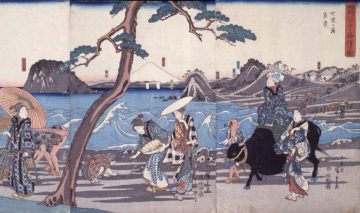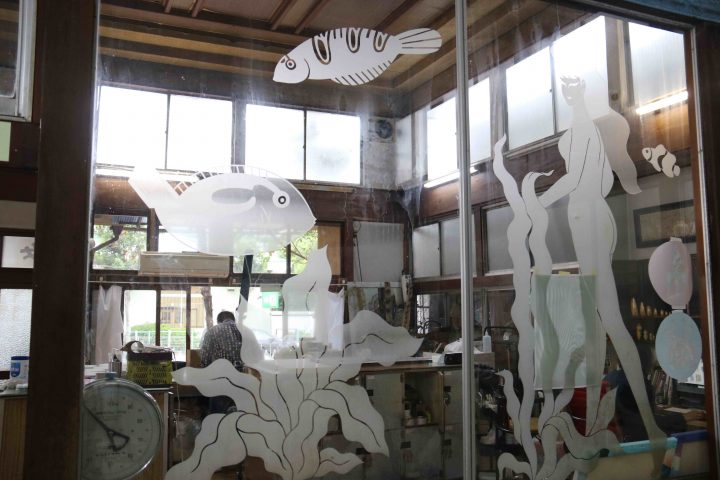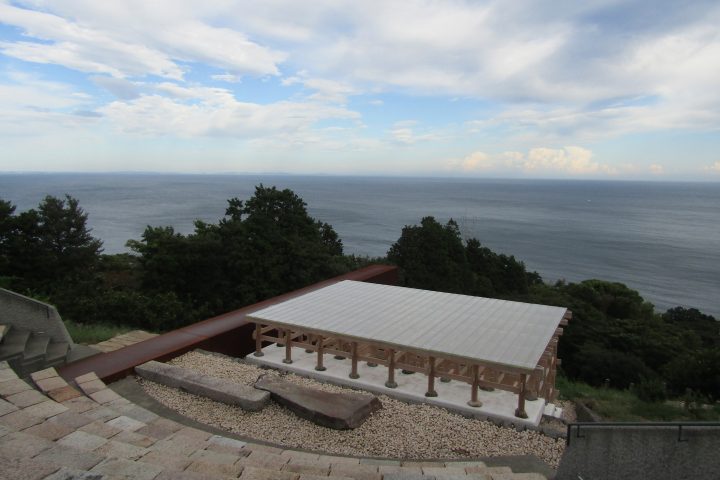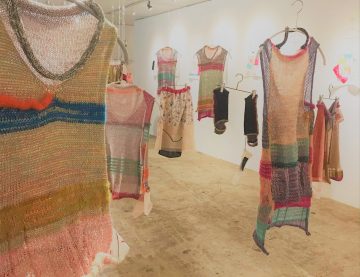"KAAT EXHIBITION 2017" Poetic Forest: A space where stories can be told
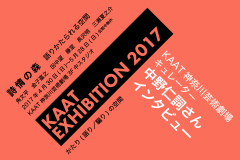
"KAAT EXHIBITION 2017" Poetic Forest: A space where stories can be told
--What kind of exhibition is KAAT EXHIBITION 2017?
Six up-and-coming artists who create Japanese paintings and sculptures are exhibiting their works in the studio of the Kanagawa Arts Theatre, KAAT, a space that is originally used for performances and performing arts. Museums are surrounded by white walls, and it is difficult to hang things from the ceiling or hammer nails into the floor or wall, but in the Naka Studio, which is also the theater's rehearsal space, it is possible to do so. This exhibition attempts an experimental approach by adding light using lighting in this pitch-black "black box" space. Japanese paintings drawn with Japanese paper, ink, and mineral pigments include some huge works that are hung from the ceiling and some that are self-supporting in the form of a folding screen. By skillfully interacting with sculptures made from stone, glass, and metal, while carving out rhythms with each other, we hope that visitors will enter the works and wander through the "forest" of contemporary art full of emotion, drifting among the words that arise.
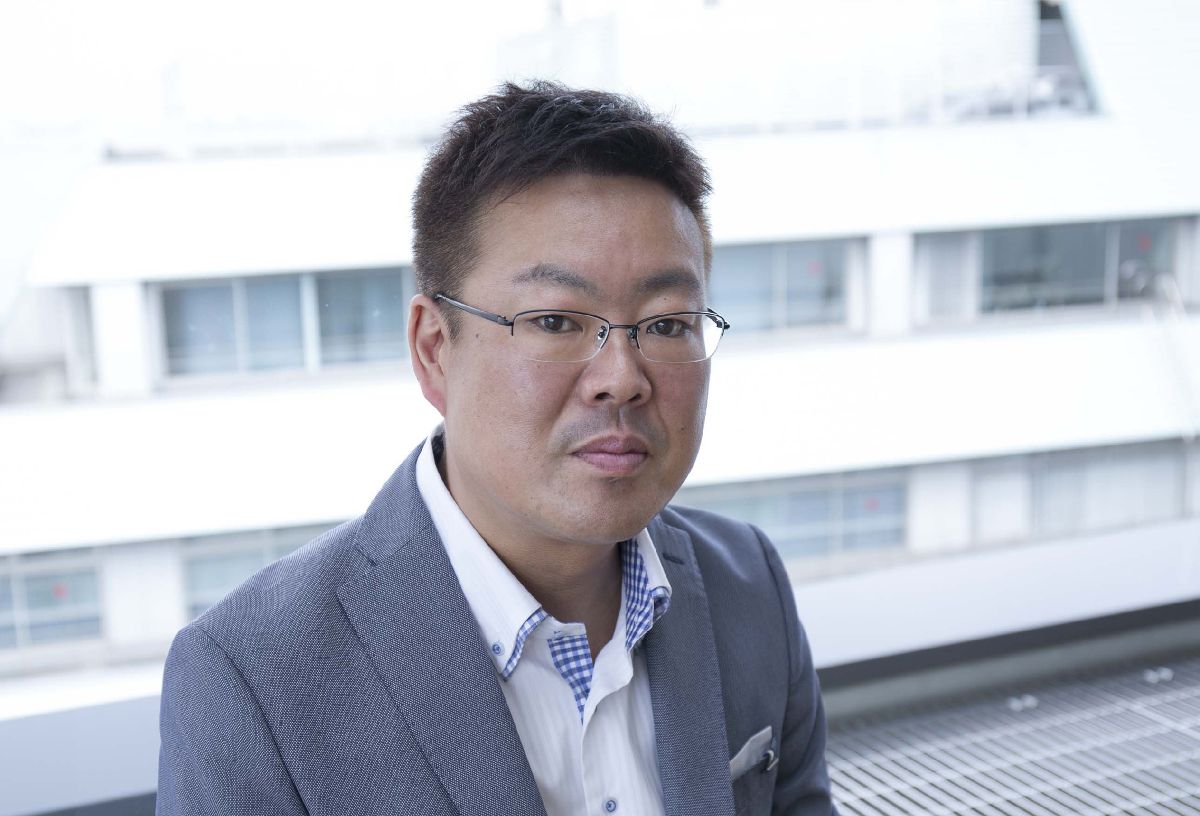
Nakano Hitoshi
--Specifically, what kind of artists are there?
Natsunosuke Mise (Japanese painting) is a professor at Tohoku University of Art and Design in Yamagata Prefecture, and is an artist who creates huge paintings by piecing together pieces of Japanese paper painted with ink, pigments, and metal foil. He calls himself a "painter" and has a consistent production style that produces works by accumulating detailed drawings, but his works, which transform traditional styles of Japanese art such as folding screens and hanging scrolls, go beyond the framework of "Japanese painting" and can be said to be unconstrained by existing concepts.
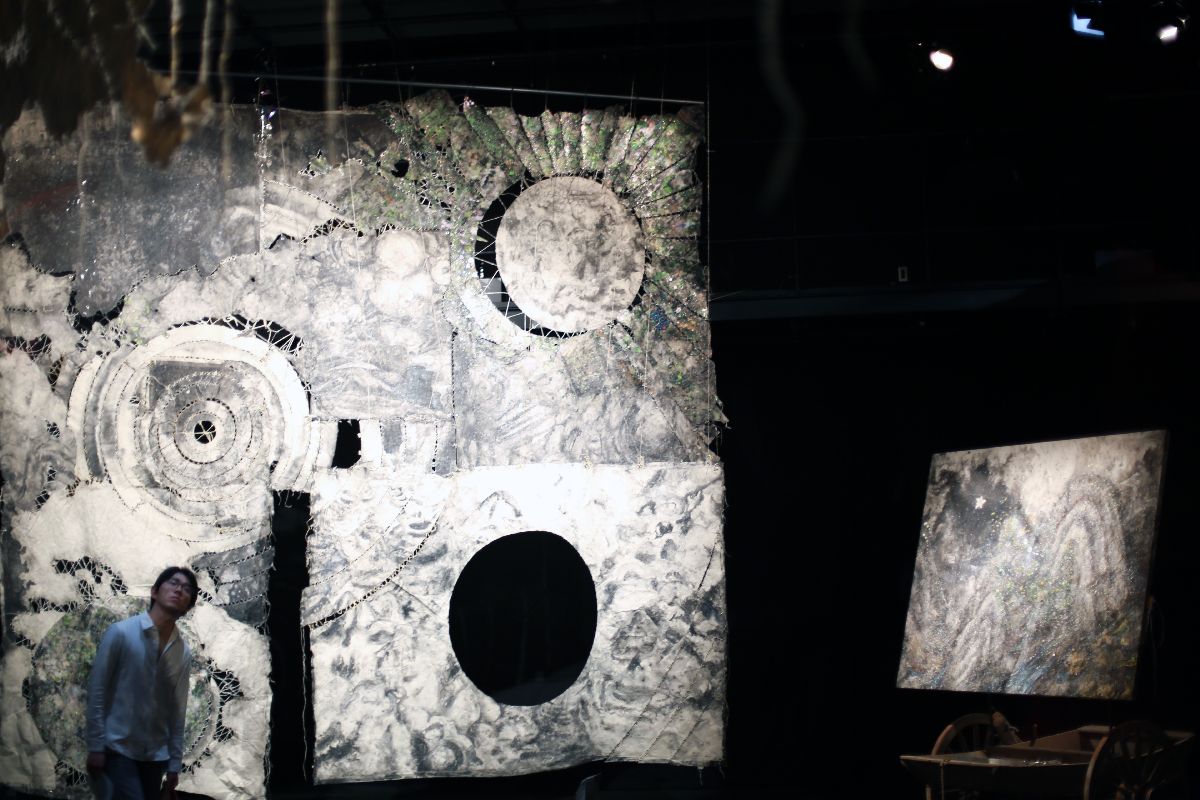
Natsunosuke Mise
Like Mise, Akira Nagasawa (Japanese painting) is a professor at Tohoku University of Art and Design in Yamagata Prefecture. He also focuses on the field of Japanese painting and mainly produces large works like standing walls with the theme of "contemporary Japanese painting". Currently, he mainly produces tigers as a motif, and their bodies, abstracted to the extreme, appear to us like mythical creatures. Nagasawa does not limit himself to painting, but also works on installations and three-dimensional works, not limited to the form of the work. This can truly be called "contemporary Japanese painting" that goes beyond the existence of "Japanese painting".
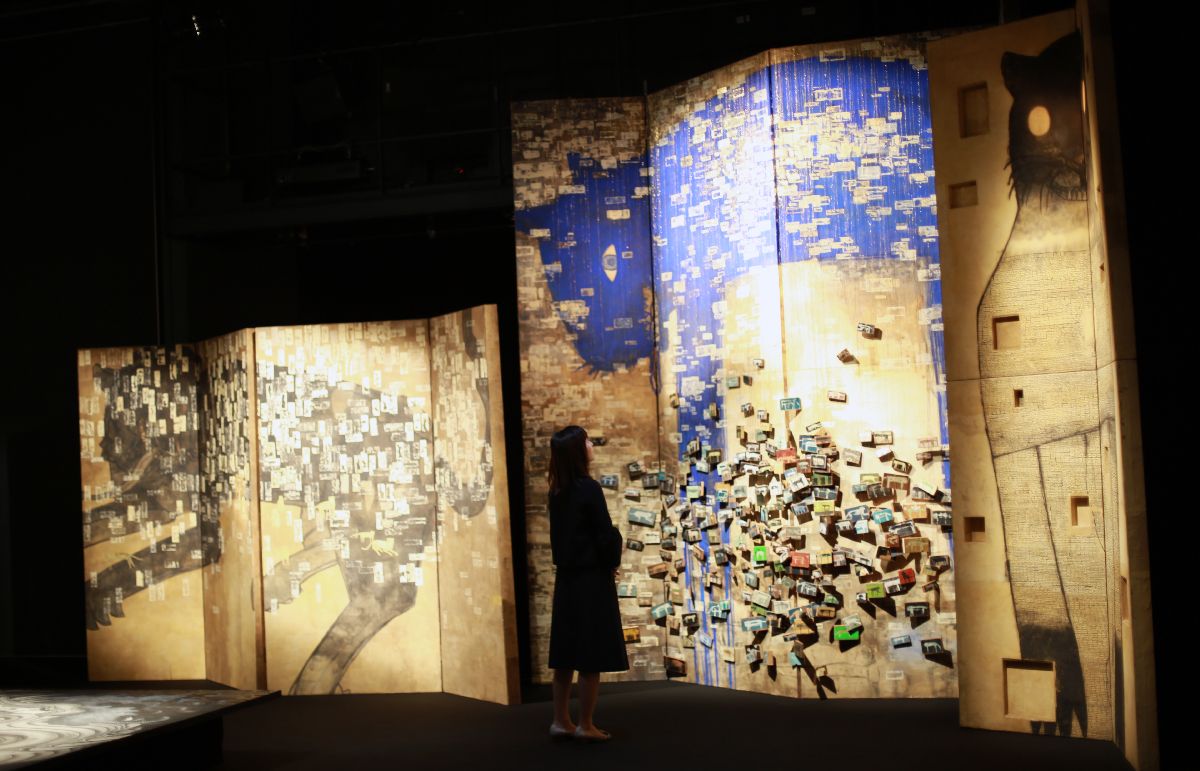
Akira Nagasawa
After completing his doctoral studies at Tohoku University of Art and Design, where Mise and Nagasawa teach, Kaneko Tomiyuki (Japanese painting) is based in a marginal village in Yamagata Prefecture. Using Japanese painting techniques that use materials such as mineral pigments, ink, and metal foil, he creates paintings based on motifs of traditional and legendary figures, and his works are characterized by their extensive depiction across the entire screen. Due to the nature of the subject matter he deals with, his works are very stimulating, and viewers have a wide range of opinions about them. However, his obsessively detailed depictions also seem to have a certain universality to them.
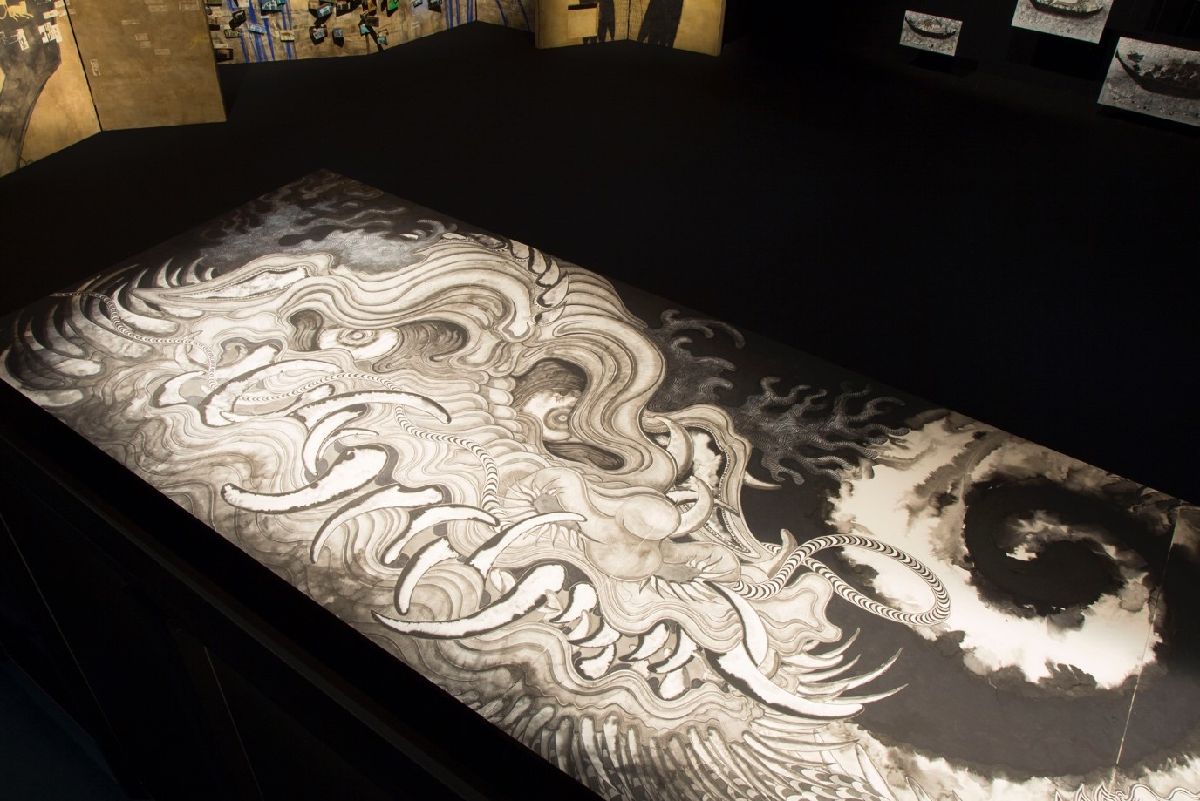
Tomiyuki Kaneko "Photography: Masamasa Nishino"
Nozomi Tanaka (Japanese painting) is the youngest and only female among the artists exhibiting this time, and is an up-and-coming artist who won the VOCA Award Grand Prize in 2014 while studying at Tohoku University of Art and Design. Her unique worldview, which she creates while researching and studying the culture, progress, and traditions of each region, may be said to be a Japanese painting that goes beyond the materials she uses and is the result of her exploration of the Japanese climate. The rabbits that are drawn countless times on the screen are reminiscent of the Choju Giga paintings, but by drawing them from a bird's-eye view from above rather than in the form of a picture scroll, the work loses its center and expresses the way stories are born and linked in various scenes.
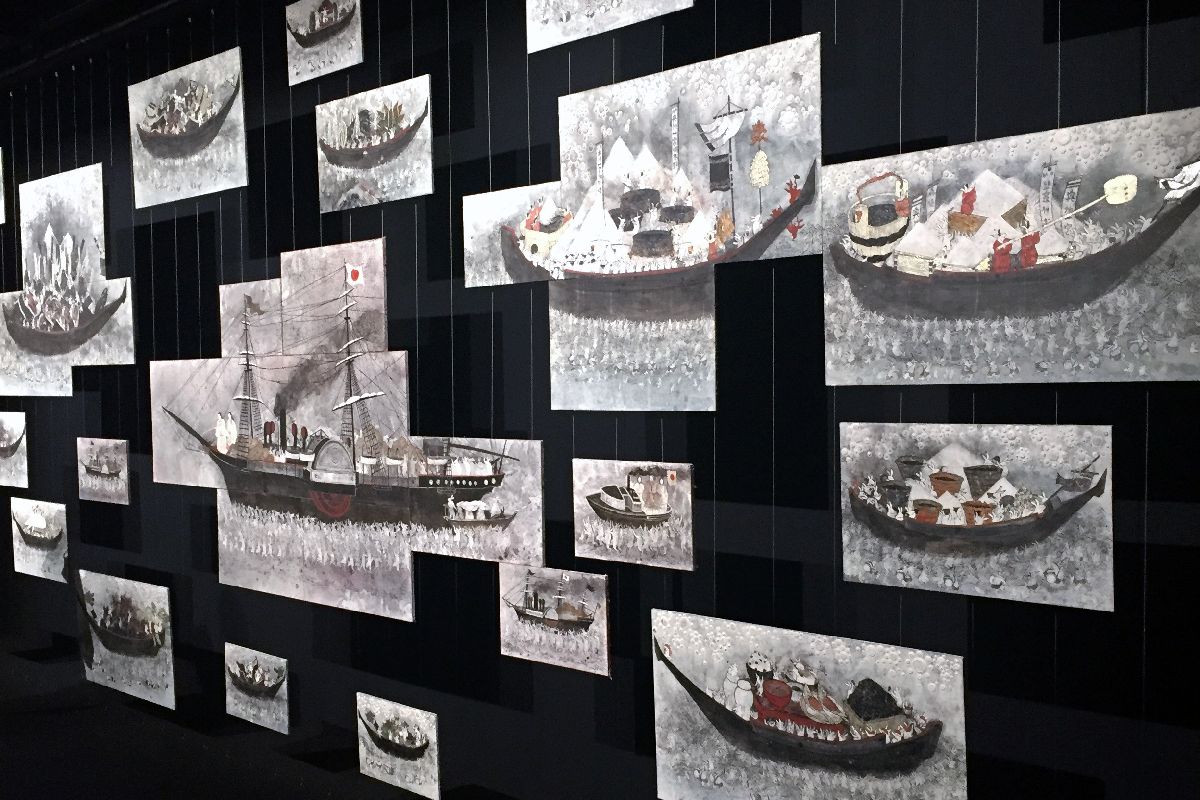
Nozomi Tanaka
Bunpei Kado (sculpture) has received numerous awards in contemporary art, including the TOKYO MIDTOWN AWARD and the Taro Okamoto Contemporary Art Award, and is currently exhibiting at various art festivals, including the Setouchi Triennale and Ichihara Art Mix. Kado skillfully combines wood, iron, paper, and everyday objects to create and present works that infuse new meaning into them by shifting the meaning and function of each material. The subtle shifts in his work suggest, for example, the uneasy relationship between modern cities and nature, and highlight the "discomfort" that lurks in everyday life.
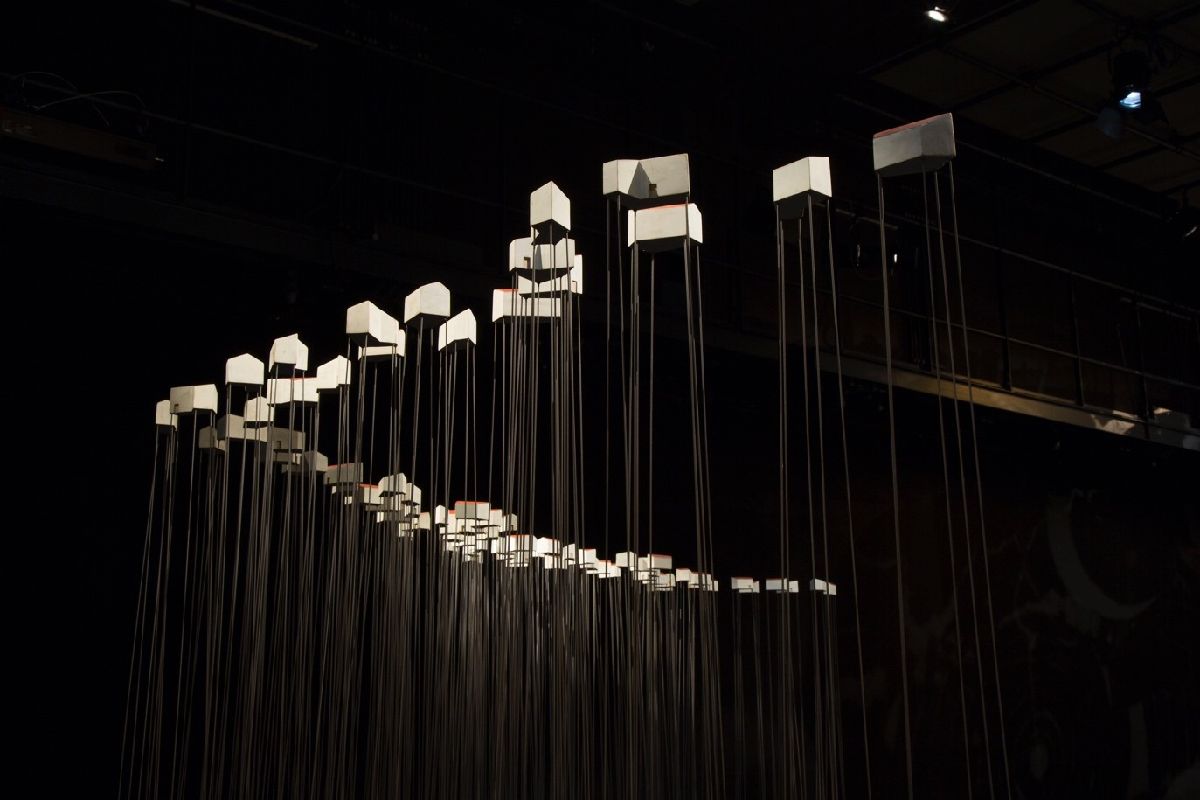
Kado Bunpei "Photography: Nishino Masashi"
Todo (sculptor) has been based in Germany until now, but has recently moved to Japan. His works are now being seen in Japan and are garnering attention. He mainly works with laminated glass sandwiched between stones, and uses not only stones but also books, rubble, excavated bricks, and other objects that have a certain narrative quality and time trapped within them, creating works that overlap the accumulated time contained within the material and the accumulated material that is transparent.
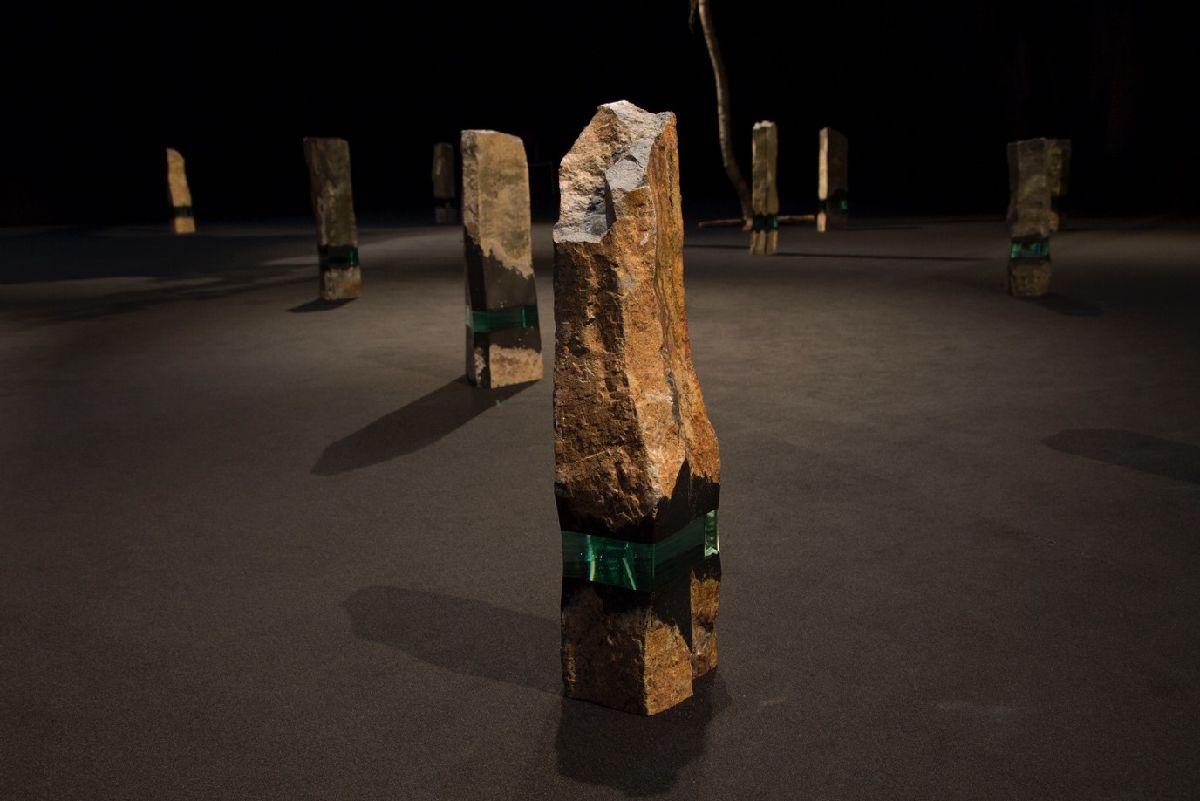
Todo "Photography: Masamasa Nishino"
--Finally, please tell us about Open Theater 2017.
On the final day of the exhibition, in addition to the six artists, works by four contemporary artists who create sculptures, videos, photographs, and lacquerware will appear in various places throughout the theater, and the entire KAAT will become a museum. A variety of events will also be held, including gallery talks by artists, workshops, video installations and dance, poetry readings, khoomei, and theremin.
From the Magcal editorial department
As soon as I opened the heavy door, a huge work by Japanese painter Mise Natsunosuke caught my eye. The moonlight-like light shone on the intricately painted work, taking my breath away. As I walked further, my eyes were captivated by the works on display in all directions, and time passed in the blink of an eye. The display method is different from that of a typical art museum, so I found the display method as well as the works themselves intriguing. On the 28th, the final day of the exhibition, there are many free events available, making it a great way to experience contemporary art.
"Poetic Forest - A space where stories can be told"
Bunpei Kado
Tomiyuki Kaneko
Nozomi Tanaka
Todo TODO
Akira Nagasawa
Natsunosuke Mise
Exhibition period: Sunday, April 30, 2017 to Sunday, May 28, 2017 Open every day during the session
Venue: KAAT Kanagawa Arts Theatre, 3rd floor middle studio
Opening hours: 10:00-18:00 (Last admission 30 minutes before closing)
Admission fee: 600 yen for adults, 500 yen for students and those aged 65 and over, free for high school students and younger
Free for those with a disability certificate and one accompanying person / 100 yen discount for groups of 10 or more
"Open Theater 2017"
Takehiro Iikawa
Genta Ishizuka
Kojiro Kobayashi
Akira Miyanaga
Date: May 28th (Sun)
Venue: Various locations within KAAT Kanagawa Arts Theatre
Opening hours: 10:00-18:00
Admission fee: Free
Organized by: KAAT Kanagawa Arts Theatre
Cooperation: ART FRONT GALLERY, IMURA ART GALLERY, MIZUMA ART GALLERY, Tama Art University, Tohoku University of Art and Design, NHK Yokohama Broadcasting Station
281 Yamashitacho, Naka-ku, Yokohama, Kanagawa Prefecture, 231-0023
Inquiries: 045-633-6500 (main number)
【event information】
The latest information on events such as performances, workshops and talks will be posted on our website.
Repeater discount
If you present your exhibition ticket stub for the "Poetry Forest" exhibition at the exhibition reception on the 3rd floor, you will receive a 100 yen discount on the admission fee. (Valid multiple times)
